Predicting the 1924 National Champs
Among the difficulties of writing about the past is the tendency to bring today's worldview to yesterday's events. I was reminded of that when I decided to look back 100 years to compare the preseason forecasts of 1924 national championship hopefuls to their actual performance. It was a straightforward task I knew I could complete by searching ye old newspaper archives.
I've spent as much time as anyone thinking about old-time football. Yet, I fell into the 2024 trap of assuming that writers in 1924 made predictions about national championship contenders as they do today. But they didn't. Neither did they conduct national polls. Dickinson's mathematical ranking system premiered that year and covered only the Big Ten. (An Illinois professor, Dickinson devised his system because conference schedules were limited. Only one Big Ten team played six conference opponents that year. Five played only four conference games.) The only postseason game of consequence saw the Pacific Coast Conference champion play an Eastern invitee selected by a handful of Pasadena socialites.
Predicting top teams nationally was just not a thing at the time. Football was a regional game, intersectional games were few, and conference titles were all that mattered, other than the Northeast, which, like today, lacked a conference of consequence. Check out the preseason list of top intersectional games:
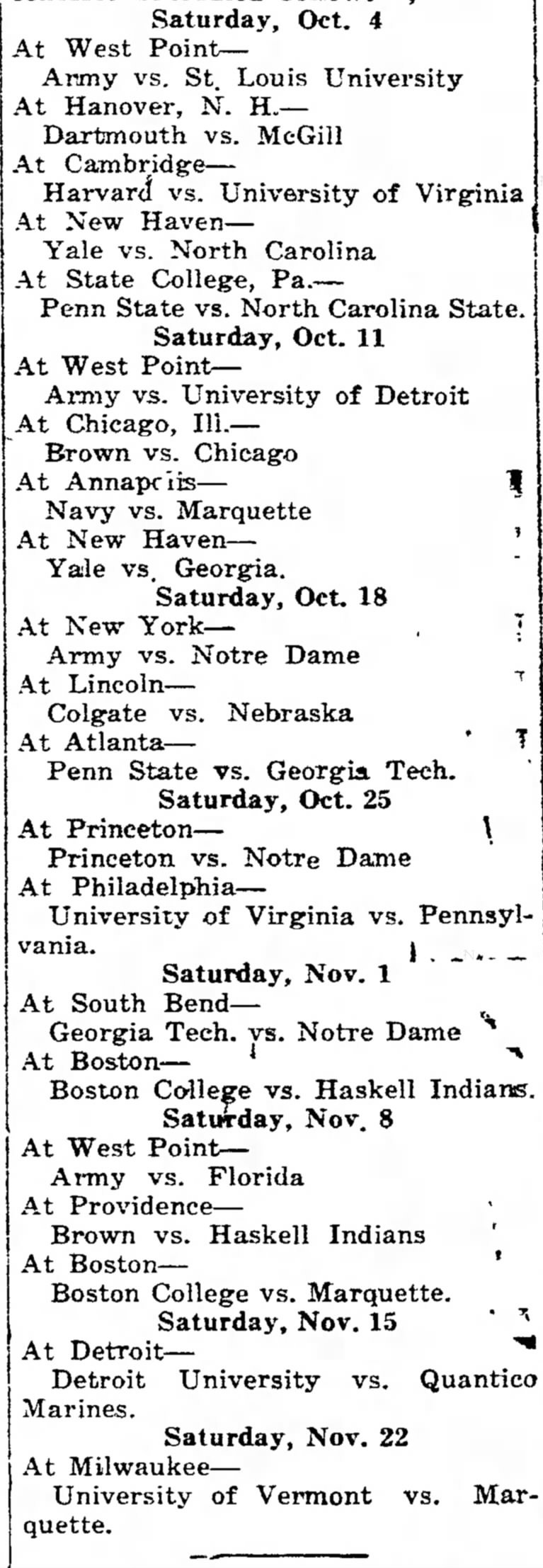
Writers played their prediction game at the conference level. So here is what some writers thought and how the teams fared.
The East
Yale's Tad Jones was like many coaches who wrote articles predicting the season's outlook. He cited graduation losses at Harvard, Yale, and Princeton and pointed to some newer coaches that might have an impact. He expected Cornell's first-year coach Gil Dobie to succeed after his long run at Washington, while second-year mentors Jess Hawley at Dartmouth and Percy Haughton at Columbia might surprise a few pundits.
As it turned out, Tad Jones underestimated his Yale squad, which went 6-0-2, Josh Hawley led Dartmouth to a 7-0-1 season, and Columbia went 5-3-1, though the tie and two losses came after Percy Haughton passed away during the season.
Southern Conference
Ed Danforth was a cub reporter in 1924 when he penned a column about the difficulties of predicting the upcoming football season. Like today, many coaches held pity parties about their lack of depth, with one telling him:
I've got three full teams on the field. One team is as good as the other, but none of the three is worth a whoop.
Ultimately, Danforth predicted Vanderbilt, Alabama, and Florida would lead the 22-team Southern Conference.
Sure enough, Alabama went 5-0 in the conference, Florida went 2-0-1, while the Commodores had some tough sailing at 3-3.
Big Ten
Some favored Illinois to take the Western Conference crown, what with Red Grange toting the rock. Minnesota, Michigan, and Iowa were contenders, while Chicago, Wisconsin, and Ohio State were candidates to be up or down, depending on how things worked out.
Ultimately, Illinois and Iowa had fine seasons, going 3-0-1, while Chicago caught the wind to finish atop the standings at 3-0-3, proving you could still teach old Staggs new tricks.
Southwest Conference
The Southwest Conference entered its tenth season in 1924, and a Waco writer, Jinx Tucker, predicted that no one would go undefeated in a race so tight he refused to predict a conference champ.
Ol ' Jinx jinxed himself since two teams went undefeated in the conference: Baylor went 4-0-1, and SMU went 2-0-4.
Pacific Coast Conference
James Sheehy of the International News Service expected California and Washington to be the top teams, with the Oregon schools as potential dark horses. Others touted Stanford, with 8 of 11 starters returning, including Ernie Nevers. Also, new coach Pop Warner was ready to take the Cardinal under his Double Wing.
The Oregon teams suffered through darker seasons than Sheehy predicted, with Oregon finishing 2-2-1 and Oregon State going 1-4. California finished 2-0-2, and Stanford went 3-0-1 and accepted the Rose Bowl invitation.
Stanford’s opponent in Pasadena was Notre Dame, which most predicted would have a successful season. The Four Horsemen and Seven Mules gave the Irish a victory over Stanford, later earning them the retroactive national title since no one at the time was awarded such honors.
Those making predictions today have more information on each team and far more game comparisons to assess the relative strength of teams in different sections of the country. Still, the ball has a funny way of bouncing, so there will likely be a surprise team or two in 2024, just as in 1924.
Football Archaeology is reader-supported. Click here to buy one of my books or otherwise support the site.


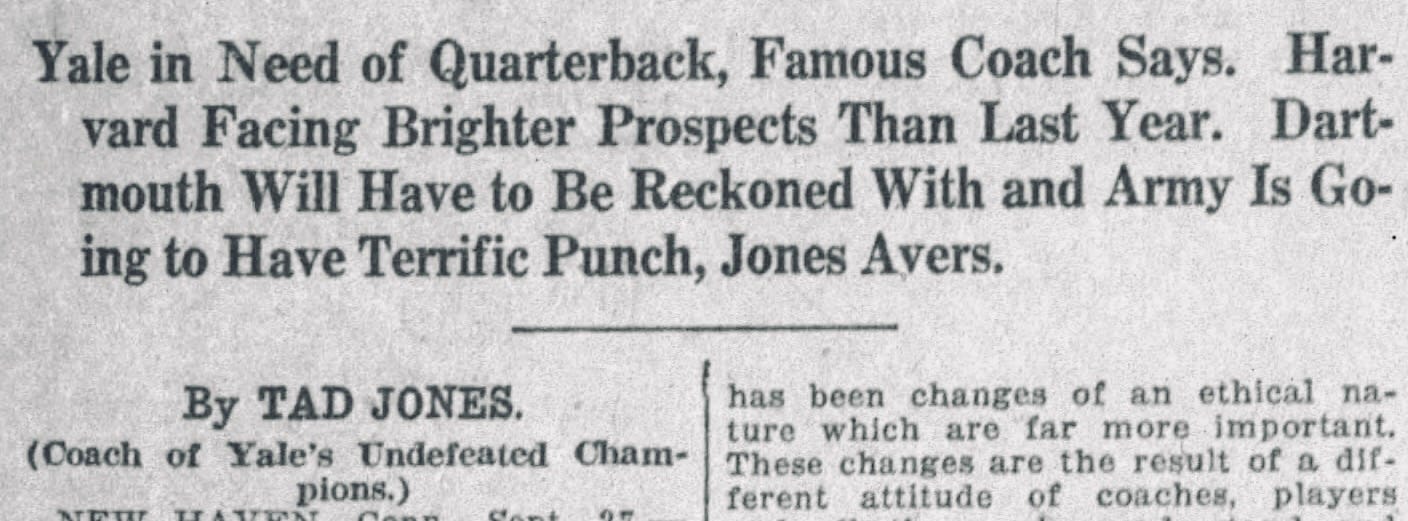
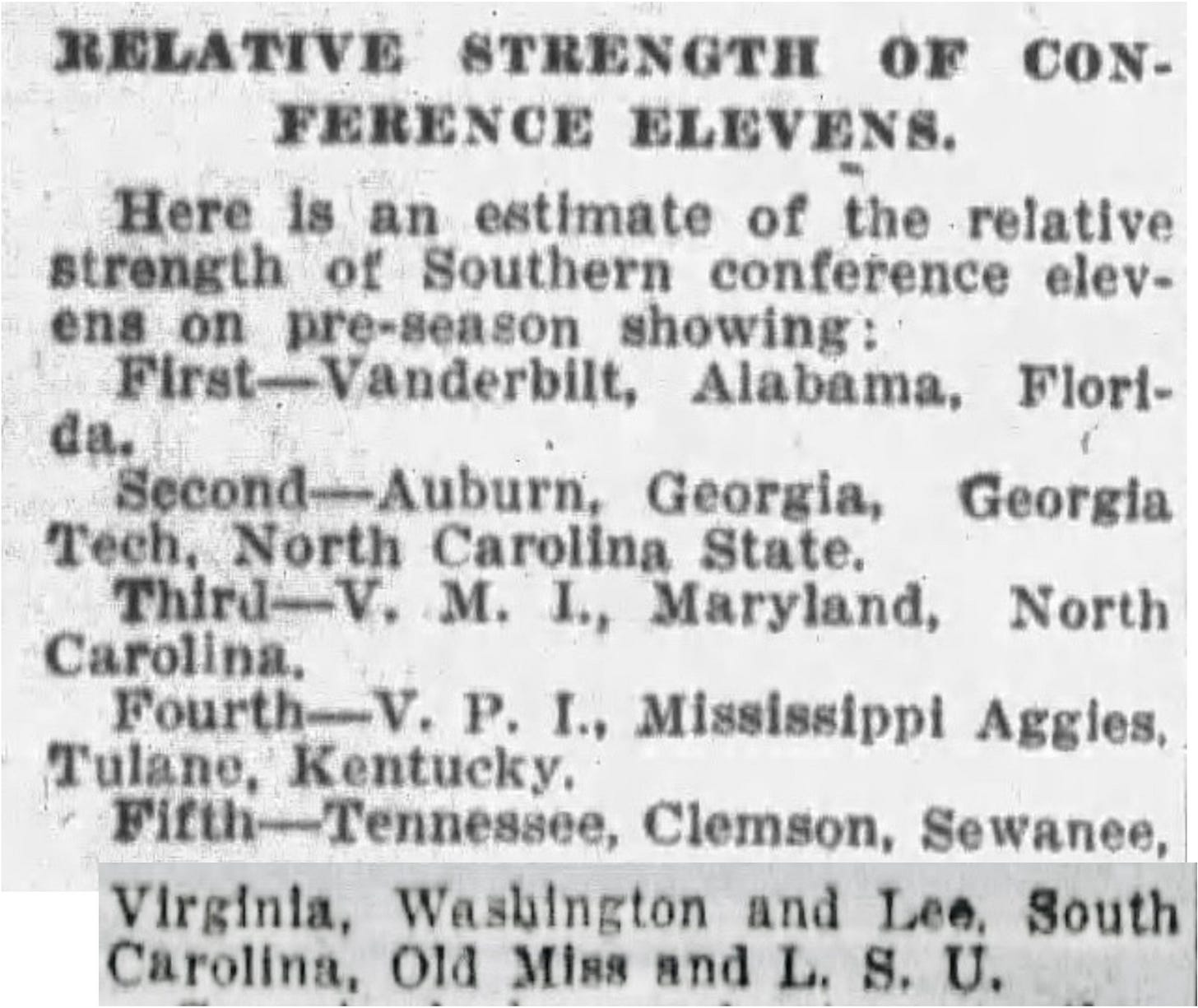

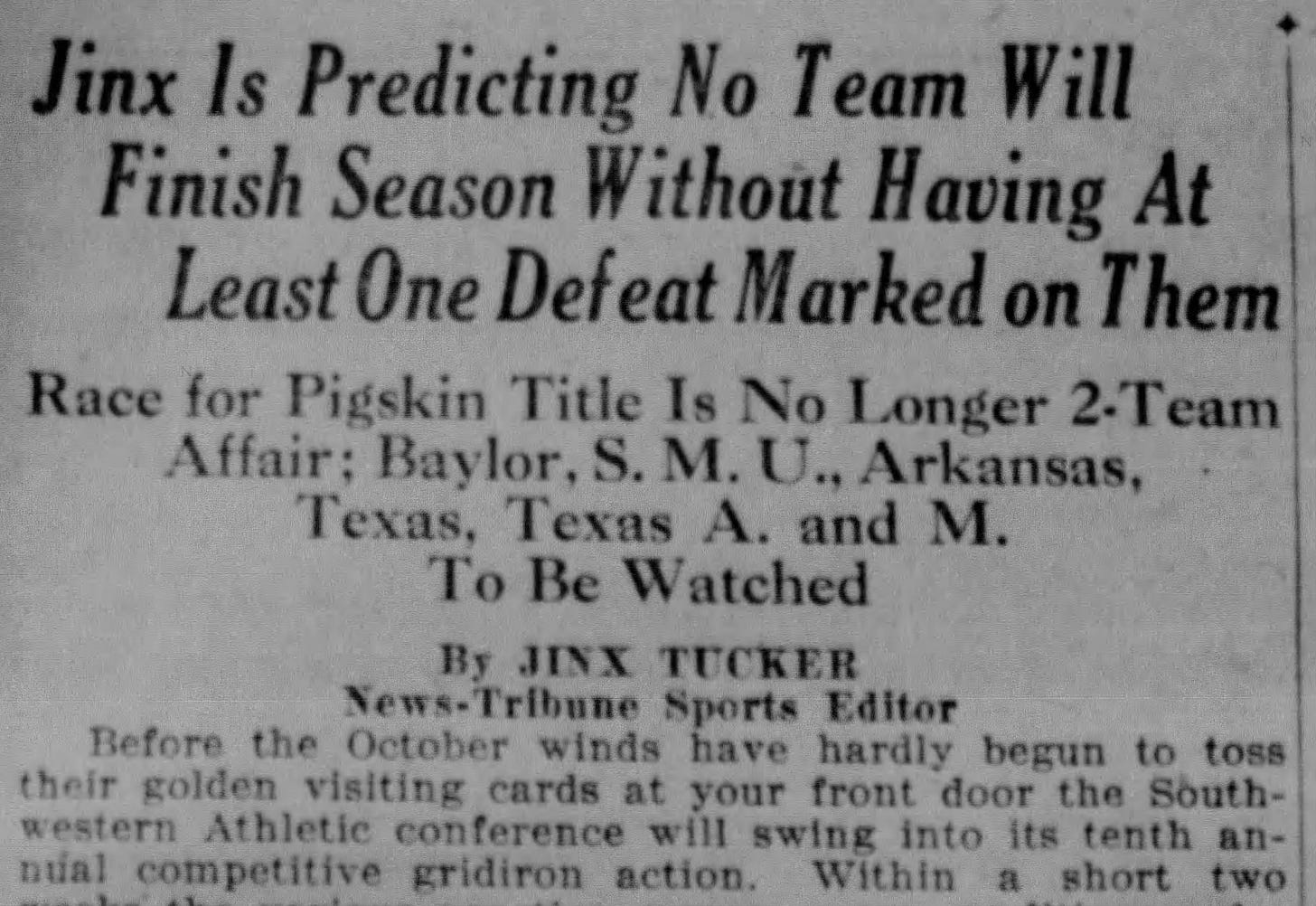
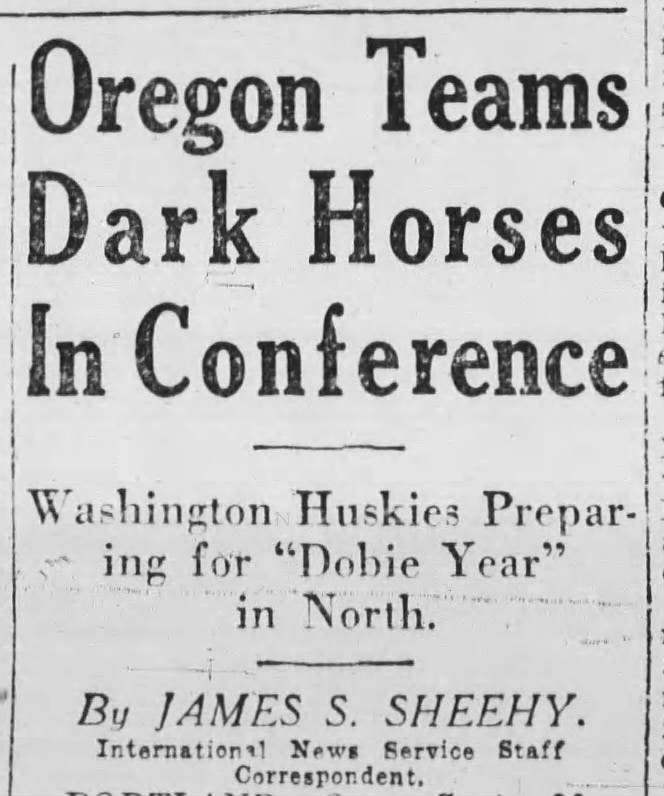
I really enjoy your work! Thrilled to move to a paid sub!